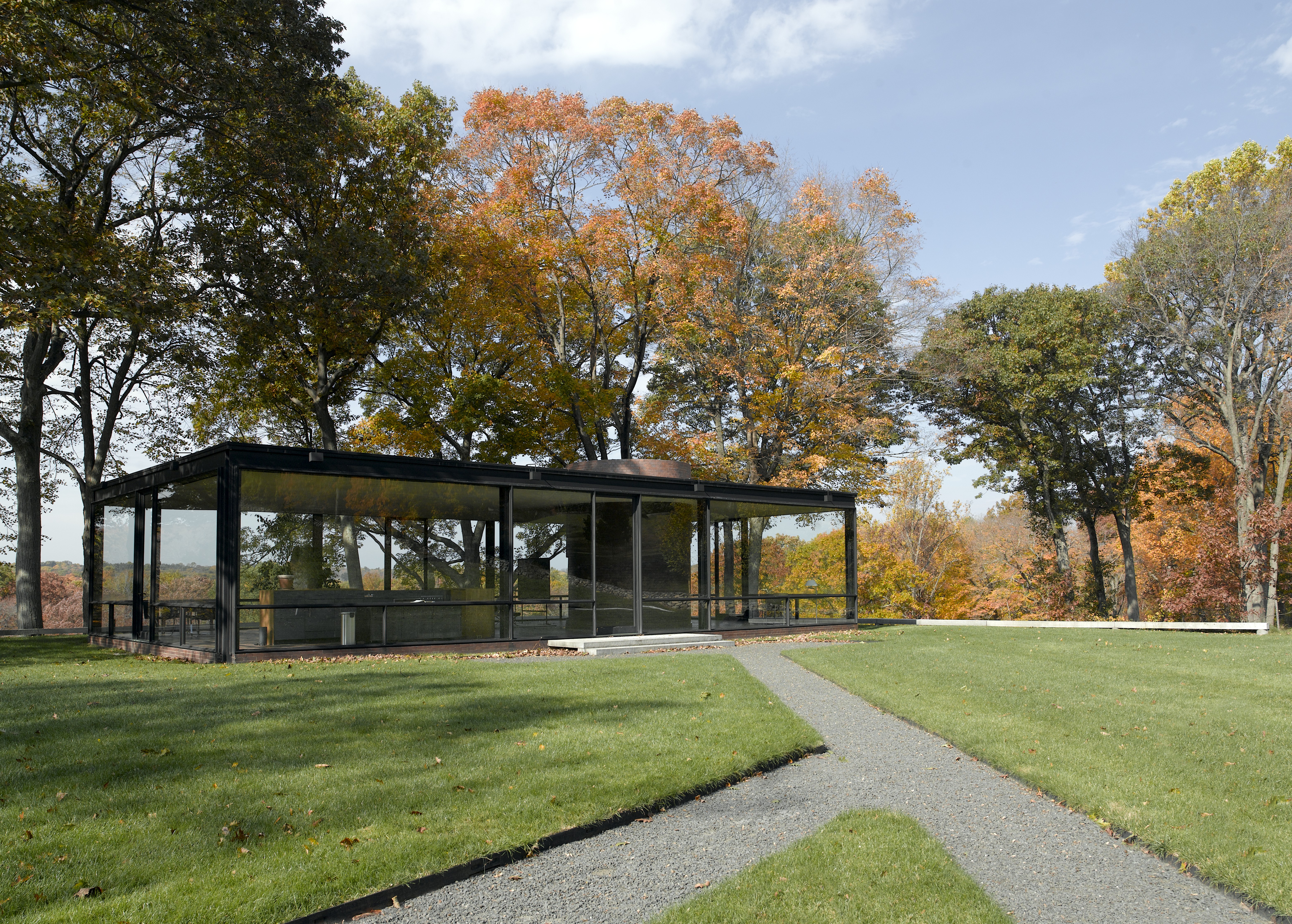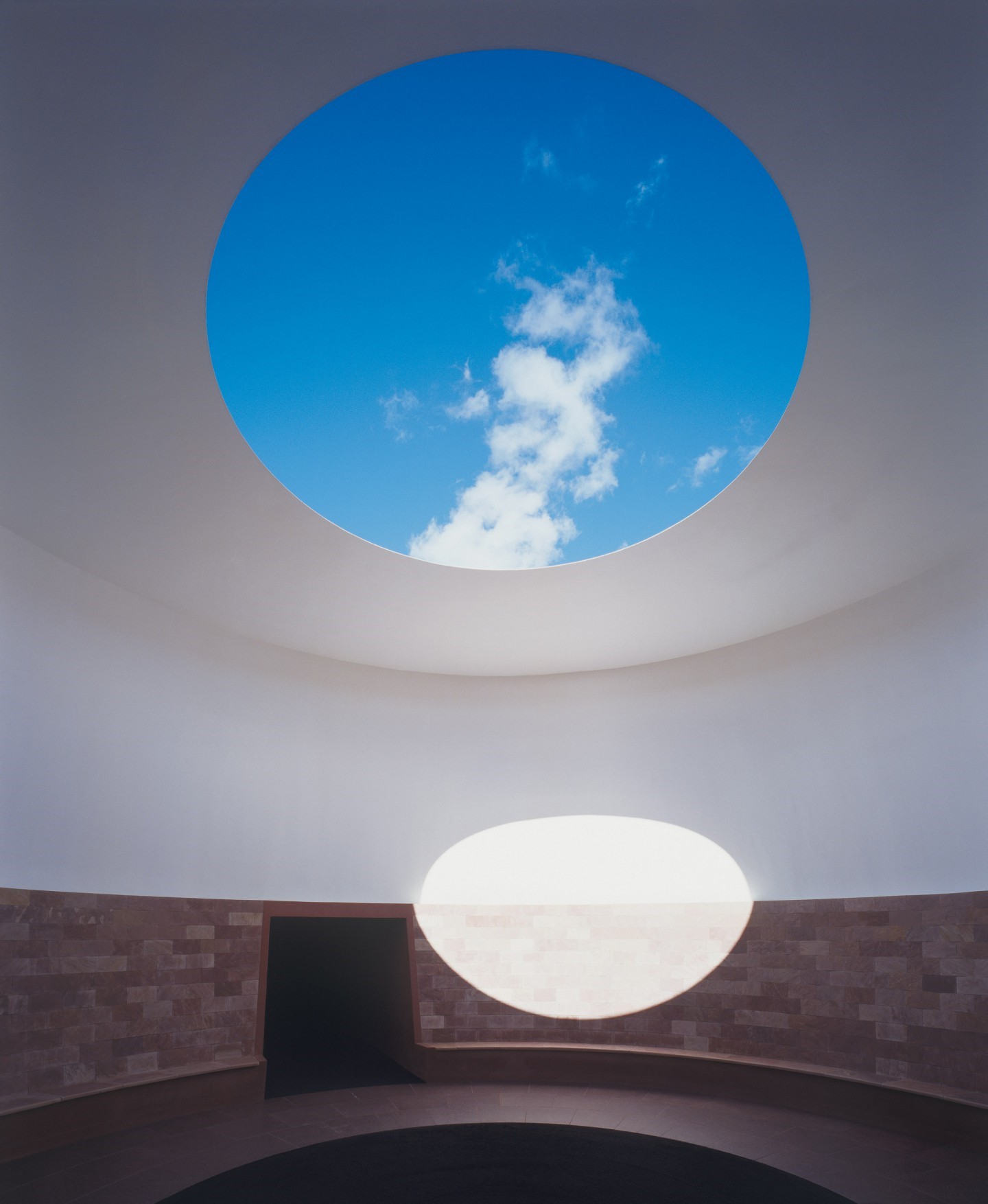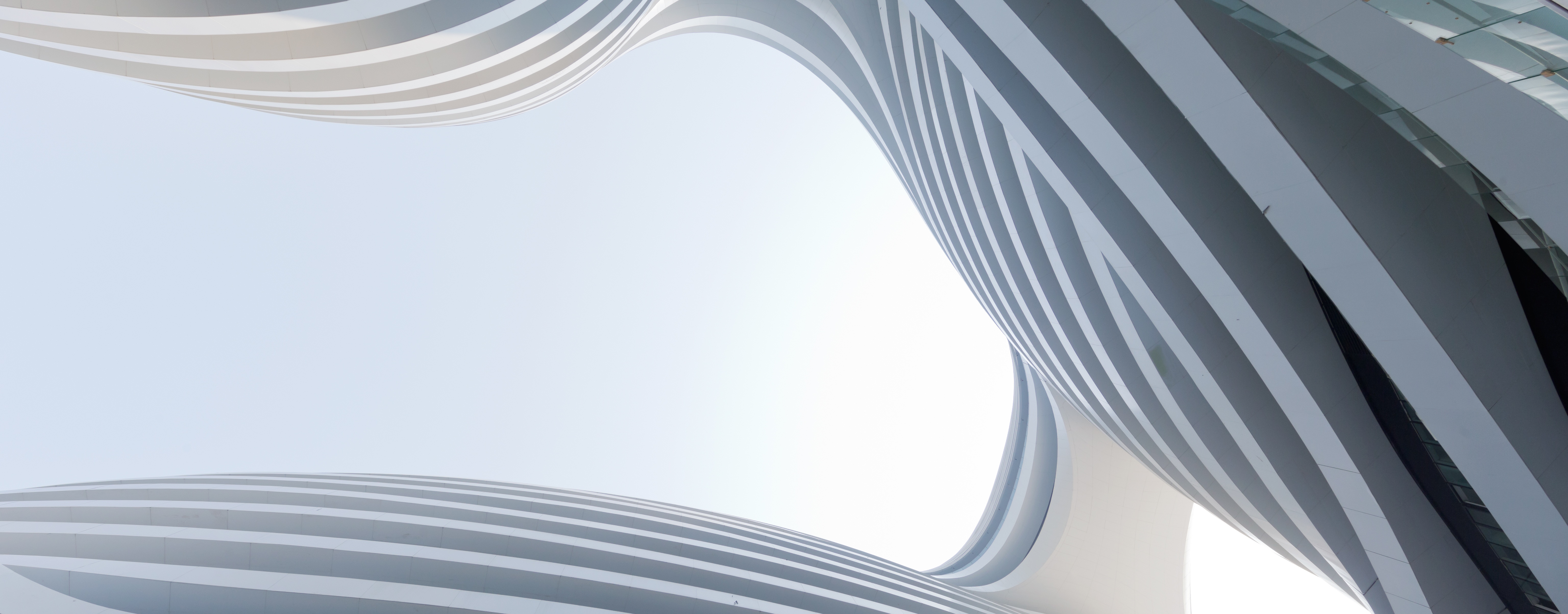In architecture, the relationship between interior and exterior has been studied for many years. They are completely different entities that co exists and need to be worked with a great dialogue.
If we look at The Glass House, by Philip Johnson, we are looking to a prime example of this statement. The house is all made of glass and the structure stands in the middle of a green area. A visitor that is inside the house, sometimes cannot feel alienated with the other area, the green would feel as part of the house. The structure is not made of glass, but it does not interfere at the landscape as a barrier. Sometimes the eye does not recognize where the structure ends and the natural environment starts.
 The Glass House - Image Credit: Commons Wikimedia
The Glass House - Image Credit: Commons Wikimedia
The idea for the robot is at some point to achieve this type of relationship between those two environments, where some component of the exterior is strongly related on interior, as an integrated system. When inside a building, you should not feel detached from the outside, you should be able to carry both together.
James Turrel is an American artist who has worked directly with light and space to create artworks that engage viewers with the limits and wonder of human perception.
‘His work is not about light, or a record of light, it is light.’ - Calvin Tompkins, New Yorker critic
 The Glass House - Image Credit: Roden Crater
The Glass House - Image Credit: Roden Crater
He had several investigations aligning and mixing interior and exterior, formed the groundwork for the open sky spaces that characters his work, as Roden Crater. It is located in the Painted Desert region of Northern Arizona and is an unprecedented large-scale artwork created within a volcanic cinder cone by the artist.
Sources:

